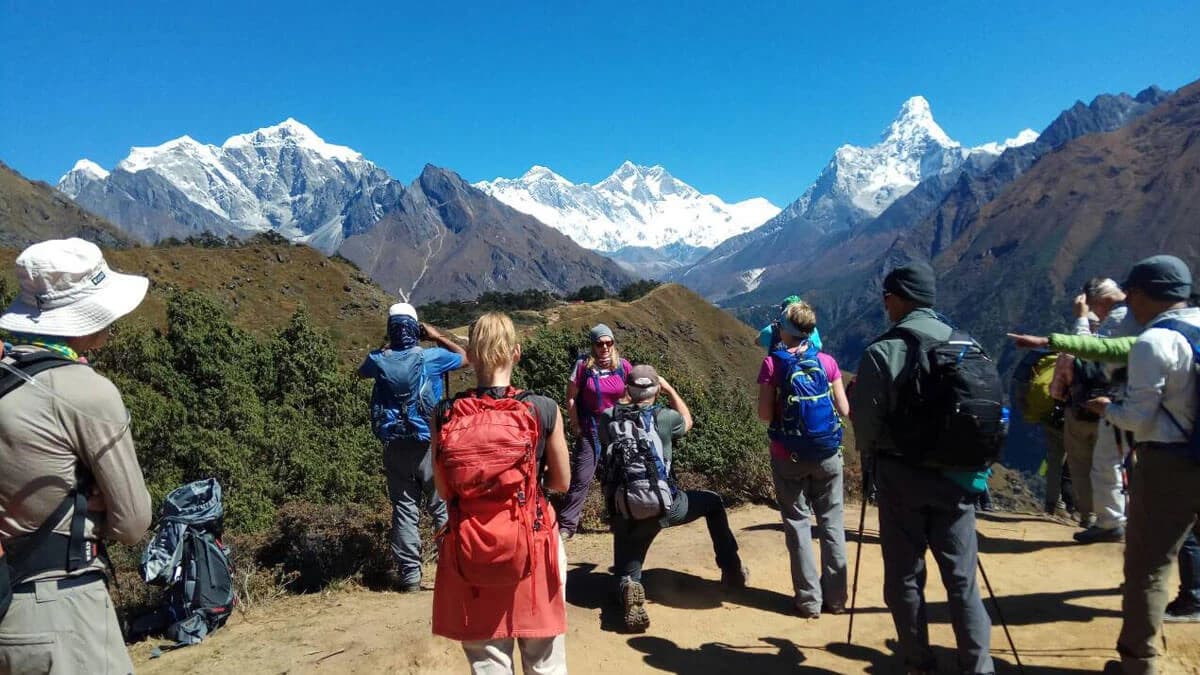Are you heading to the top of the tallest hill? Or exploring that path your friend recommended? Being with nature is always fun, no matter where you want to explore. Depending on the level of adventure, the needs during a hike are varied. We list some things you should carry to ease your journey on regular days or even when things go out of routine.
Hiking Essentials What not to forget
Not to Forget Essentials Things on Hike
A Guide:
My favorite is still the traditional way of hiking with a map and compass pair. Smartphones these days have miraculous apps that can show your position and help you navigate easily. However, think about network coverage, charging problems, and phone malfunctions. Even if you are taking your usual way, keep one in hand as the old route may have been blocked, or you might want to explore a little extra.
Food and Water:
1 = 1 kg. This often becomes an excuse to carry less water, a mistake most hikers make. However, climbing up and down trails makes you sweat well, and proper hydration cannot be forsaken in these conditions. Carry a bottle large enough to keep you turgid. Camel bags are also a good option. If you want to use water sources on the way, use water purifiers and filters.
How much food do you need to carry? This, again, is quite ambiguous a question. If you intend to eat local, you only need some energy bars for emergencies. The taste of local food and interaction with people always feels good. However, on wild and abandoned trails, carry plenty of food to keep you going.
If you plan to eat after getting hungry or drink only when thirsty, it might be too late for your body to recover. So, instead, carry a polythene bag to keep the waste and dispose of it later.
First aid and Sun Protection:
Besides the cap and hat that block the sun, sunscreen is also essential to protect your skin from unwanted tanning and burning. Carry a basic first-aid kit with bandages, ointments, and medicines. These have served as lifesavers for many hikers and are very handy in desperation. Also, tissue paper and soap will keep you clean during the hike.
Rain Gear for Emergencies:
If you travel during the monsoon, a raincoat or umbrella is handy. In addition, extra dry clothes and socks are worth tossing in. Sometimes, a sizeable sheet of light plastic or tarpaulin that works as a temporary shelter during the rain helps you enjoy the hike more. These can also be spread on the ground for rest.
Headlamp and Matchbox/ Lighter
A headlamp would be very handy if you come across a cave and want to explore it or if it gets dark before you return. Also, carry a matchbox or lighter. Chances are that it becomes essential to light a fire to keep warm or cook, or in worst cases, to survive at night if you get lost.
Multi-tool and Knife:
A good multi-tool or knife works wonders in emergencies. For example, you might chop fruits for your meal with a knife in everyday situations.
Identification and Whistle:
Yes, you can shout out if you need help. However, a whistle is convenient in emergencies. Also, carry an identification card to help people know who you are and inform your family if needed. These are rarely used but are essential.
Let's get prepared for your first-ever hiking adventure to the Himalayan kingdom of Nepal with the Everest Base Camp or Annapurna Sanctuary trek.
Chairman of Mountain Monarch, Adventure Trip Leader, and organiser for over two decades





